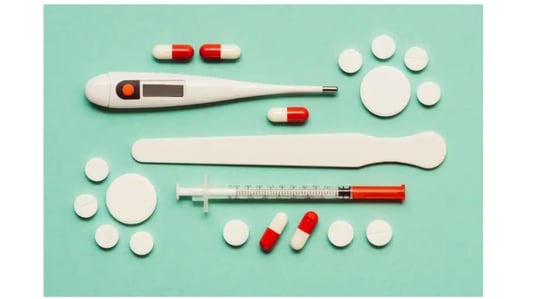Merry christmas: A Time of Joy and CelebrationsThe festive season is here and it's time to celebrate with our loved ones. Christmas is that special time of the year that fills our hearts with joy and happiness. It's a time to reflect on the year that's passed and look forward to a new one with renewed hope and optimism. Merry Christmas TraditionsChristmas traditions are an important part of the festive season. From decorating the Christmas tree to going carol singing, there are many ways we celebrate this joyous occasion. Some families have their own unique Christmas traditions which have been passed down through the generations. Merry Christmas Food and DrinksFood and drinks are an important part of any celebration, and Christmas is no different. From roasted turkey to mince pies, there are many delicious dishes that we enjoy during the festive season. Mulled wine, eggnog, and hot chocolate are some of the popular drinks that we sip on during this time. Merry Christmas Shopping and Gift GivingChristmas is also the time for shopping and gift giving. We spend time hunting for the perfect gifts for our loved ones, and wrap them up in pretty paper and bows. It's a time to show our appreciation and love for those closest to us. Merry Christmas DecorationsChristmas decorations add to the festive spirit and create a magical atmosphere. From fairy lights to tinsel, there are many ways we decorate our homes during this time. The Christmas tree is the centerpiece of most homes, decorated with baubles, ornaments, and a star on top. Merry Christmas Travel and HolidaysFor many, Christmas is a time to travel and take a much-needed holiday. Some people escape to a warmer climate while others head to the mountains to ski. Whatever your preference, the festive season is a great time to take a break and recharge before the new year begins. Merry Christmas Music and CarolsChristmas music and carols are an important part of the festive season. From traditional carols like 'Silent Night' to modern classics like 'Last Christmas', there are many songs that get us into the Christmas spirit. Many people attend Christmas concerts and carol services to celebrate this joyful occasion. Merry Christmas Movies and TV ShowsChristmas movies and TV shows are a popular way to celebrate the festive season. From classics like 'It's A Wonderful Life' to modern favorites like 'Elf', there are many movies that we watch during this time. Many TV channels also air Christmas specials and shows which create a festive atmosphere. Merry Christmas Volunteering and Giving BackChristmas is also a time to give back to the community and help those in need. Many people volunteer at homeless shelters or donate to charities that support the less fortunate. It's a time to spread joy and love to those who may be struggling during this time of year. Merry Christmas Reflection and GratitudeFinally, Christmas is a time to reflect on the year that's passed and express gratitude for all we have. It's a time to spend with our loved ones and appreciate the blessings in our lives. It's a time to set goals and aspirations for the new year and look forward to a brighter future. Quote InquiryContact us!










